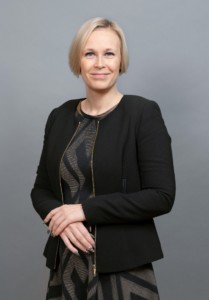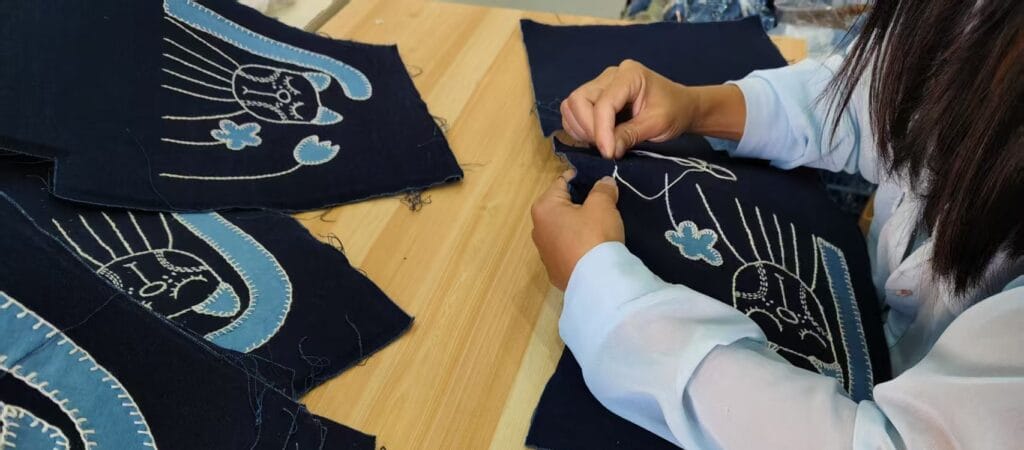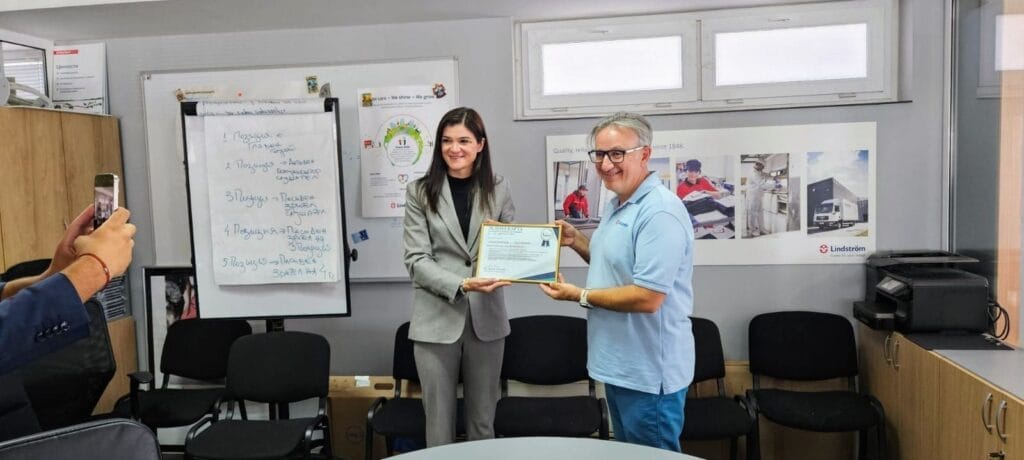
Is your company truly guided by sustainability?
When buying something, do you ever stop to think about the seller’s financial incentive? Is the company aiming to sell as many short-lived or even disposable products as possible? Or do the company’s business models and objectives aim at the durability, repair and recycling of products?
The long life span and environmental friendliness of a product often go hand in hand. “When products remain in use for a long time, it reduces overproduction and the unnecessary use of natural resources. At the same time, it improves resource efficiency and also reduces costs,” says Kati Pallasaho, Senior Vice President of Strategy and Sustainability at Lindström.
From ego to eco
Many companies are accused of promoting their eco-friendliness through token gestures that have no real impact. This type of environmental friendliness does not genuinely guide the companies’ policies, decisions and choices, but merely aims at greenwashing their public image.
“A truly responsible company guides its customers to choose the most responsible option. If it doesn’t, the customer may have a hard time figuring out what the most sustainable alternative truly is. In such cases, it’s worth giving some thought to the financial incentive of the company: for instance, is the business based on models that promote product durability and longevity, as with companies that rent products?” Pallasaho says.
When products remain in use for a long time, it reduces the need to manufacture new products. Reuse and recycling ensure that the carbon footprint of products is shared by several users.

Engage the entire value chain
In an ideal situation, the entire value chain is geared towards the common goal of minimising the environmental impact of a product or service. “To give an example, we have teamed up with our fabric suppliers and recycling partners in order to use the recycled fibre produced from our textiles in the fabrics of new workwear,” Pallasaho says.
According to Pallasaho, co-operation between different partners requires transparent communication and tenacity. “Working with agile start-ups, established major players and people from different cultural backgrounds means you have to be flexible and able to tolerate uncertainty. Not everything will always turn out to be a resounding success, but having a common goal will carry you through the rough patches,” Pallasaho explains.



